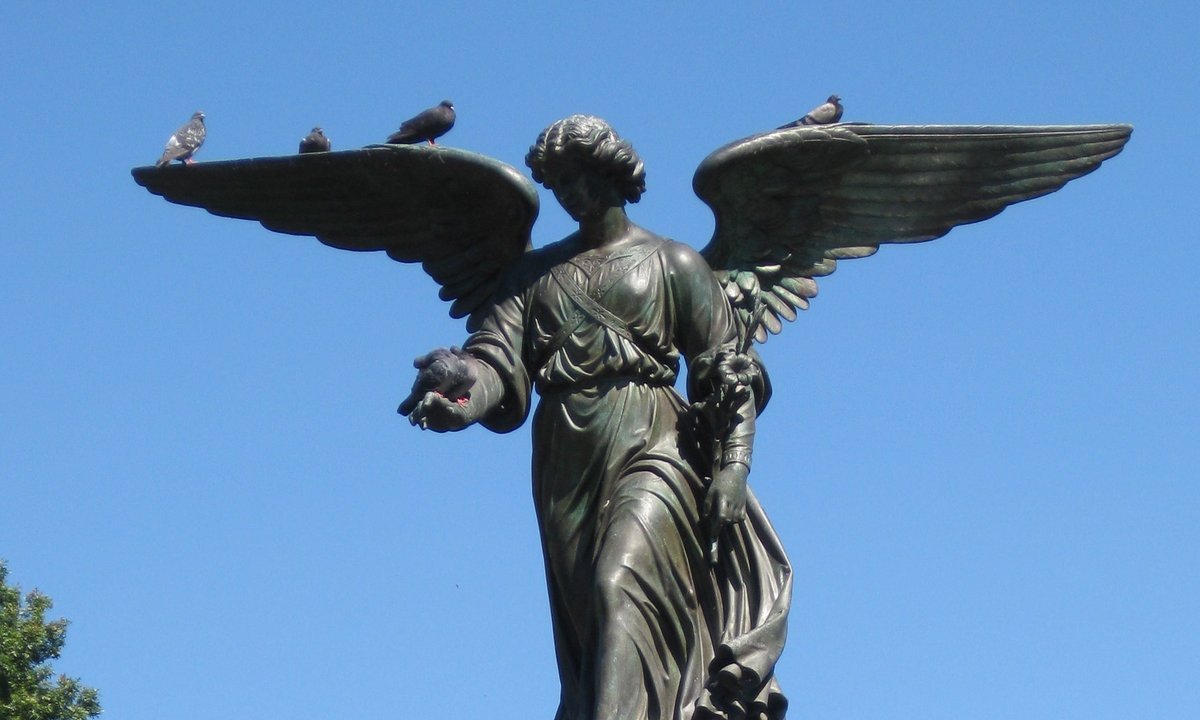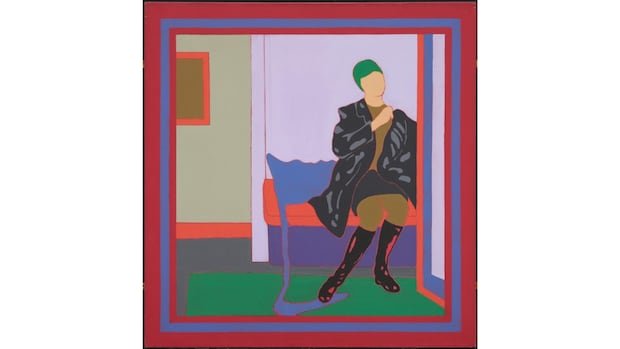Every week, Artnet News brings you Wet Paint, a gossip column of original scoops. If you have a tip, email Annie Armstrong—who’s spending her summer in Los Angeles—at aarmstrong@artnet.com.
THE ART WORLD GOES KOOKOO FOR KAMALA
Two months ago, I wrote about the unnerving silence in the art world about the upcoming U.S. presidential election.
Following the switch-up in Democratic candidates this past weekend, that silence has been filled with the cacophony of art types cheering for Vice President Kamala Harris’s presidential campaign (with many of them using the news to remind their followers that they were once photographed together).
Perhaps it should not be a surprise that Harris has fans in our world. If you’ll recall, she had Jessica Bell Brown, of the Baltimore Museum of Art, curate the artwork that hangs in her office (a tipster said that the program includes work by Kay WalkingStick, Carrie Mae Weems, LaToya Ruby Frazier, and Glenn Ligon). And of course, her step-daughter, Ella Emhoff is a fashion designer and darling of the Dimes Square scene. (I think it’s time for this country to have a representative from that strata on the inside.)
Below, a selection of posts by newly enthusiastic members of the art world:
Sorry but Kamala looks good doing evvvverything
— CAT MARNELL (@cat_marnell) July 24, 2024
TO PAY FOR SHIPPING OR NOT TO PAY, THAT IS THE QUESTION
I hate to keep talking about gallery closures. It’s unpleasant to dwell on—I hear you—but they just keep coming, and from what I hear, there are certain behind-the-scenes details that deserve public discussion.
Here in Los Angeles, I caught wind of a conflict between a gallery that has closed and the artists once on its roster. (No one involved would talk, so I’ll keep names out of this, for now.) Apparently, several of the artists banded together to protest that the gallery has refused to pay for their art to be returned to them. They apparently signed a group letter and sent it to the defunct gallery’s owner, who refused to budge.
The conflict is one more reminder of the Wild West nature of the art market. While there are some loose norms for dealers shutting down, there are no standardized rules, and everyone seems to go about it a bit differently, from what I have heard.
“Traditionally, yes, if things are done by the book it is an expectation for galleries to pay for shipping,” artist Petra Cortright told me by phone. “But I just think it’s such a brutal time for galleries, especially with art-fair fees. Things pile up on people so quickly. It’s a case-by-case basis.” (Cortright worked with the now-shuttered Foxy Production in New York, but didn’t have any issues getting her work back.)
Some galleries close while they still have funds to tie off everything. An artist friend recently walked past the closed David Lewis Gallery in Tribeca and saw several art handlers fastidiously at work. “A gallery should conclude its commitment to its artists as best as possible,” Lewis told me in an interview, adding that he hired a team of people to help with the closure. “We took it seriously as the big job that it is,” he said. “It’s over a decade’s worth of work.”
When the 78-year-old blue-chip Marlborough announced earlier this year that it would close, it hired an advisor to guide it through the process of “thoughtfully dispersing” its inventory, with some of the proceeds going to nonprofit cultural institutions that support contemporary artists.
Not every dealer takes this measured approach, though. One former gallery owner who asked to remain anonymous told me, “There are traditional expectations, legal expectations, and then there are situational expectations… It’s kind of a dance as to whether they say, ‘Come and get it,’ or, ‘I’ll send it back to you.’ Some will just pay it, but others will say, ‘Now where’s my $42?’”
That dealer confessed to taking a varied approach to returning archives, depending on their relationship with the individual artist. “If the artist was an asshole, I’d say, ‘Well you’ll have to pay me,’” they told me. “If they were more chill and understanding, I’d say, ‘Okay, you can just have them.’”
In tough times, even the loosest standards can disappear. Cortright said that she’s noticed many gallery systems “breaking down” recently. She’s sympathetic, though. “It’s so intense for both sides, and it’s unbelievably hard to run a gallery,” she said. “Artists love to blame galleries, but it’s really hard to do what they do. It’s really, really hard to sell art.”
WE HEAR
Just what we’ve all been waiting for: Outsider/internet artist John Pinkerton made his guess as to who runs Diva Corp, via painting… New York museums may have their own softball leagues, but Parisian galleries have their own pétanque leagues. Led by he team at Thaddeus Ropac, a group of French galleries all participated recently in the French lawn game that seems vaguely similar to bocce… Semi-recently freed art world fraudster Inigo Philbrick was recently spotted buying provisions for a beach trip in Newport, Rhode Island. I wonder how the beaches compare to those on Vanuatu… Joe Jonas was recently spotted visiting galleries in Tribeca… And finally, I can’t explain why I find this photo of Klaus Biesenbach and Willem Dafoe so soothing…
PARTY OF THE WEEK
I hear it all the time in New York: People in Los Angeles just don’t party like they do Downtown. That may be true in terms of the quantity of ragers, but it’s not true when it comes to their quality. Case in point: the party that painter Lucy Bull threw at her studio on the East side this past weekend. The place was packed with fellow artists Tristan Unrau, Elana Bowsher, Orion Martin, Khalil Robert Irving, Phil Davis, and Kelly Akashi, as well as Joseph Geagan, the artist-curator behind Gaylord Fine Arts, film podcast duo the Ion Pack, filmmaker Jasmine Johnson, collector-artist Georgia Ford, musician Avalon Lurks, and Interview magazine editor, Mel Ottenberg. Needless to say, it was quite a who’s who.
“So glad I moved my Elizabeth Englander sculptures when things started to get rowdy,” Bull told me after-the-fact, laughing. She was an excellent host, and at one point, even convinced a full seven members of the L.A.P.D. to allow the party to continue, despite noise complaints. Comedian Eric Rahill was eventually on the turntable, remixing Weezer at around 3 a.m.
When I told Bull that the event might be the “Party of the Week,” she rebutted that, in Los Angeles, it would have to be the “Party of the Season.” While I am inclined to agree, my research will not stop here. See you next week.
Follow Artnet News on Facebook:






